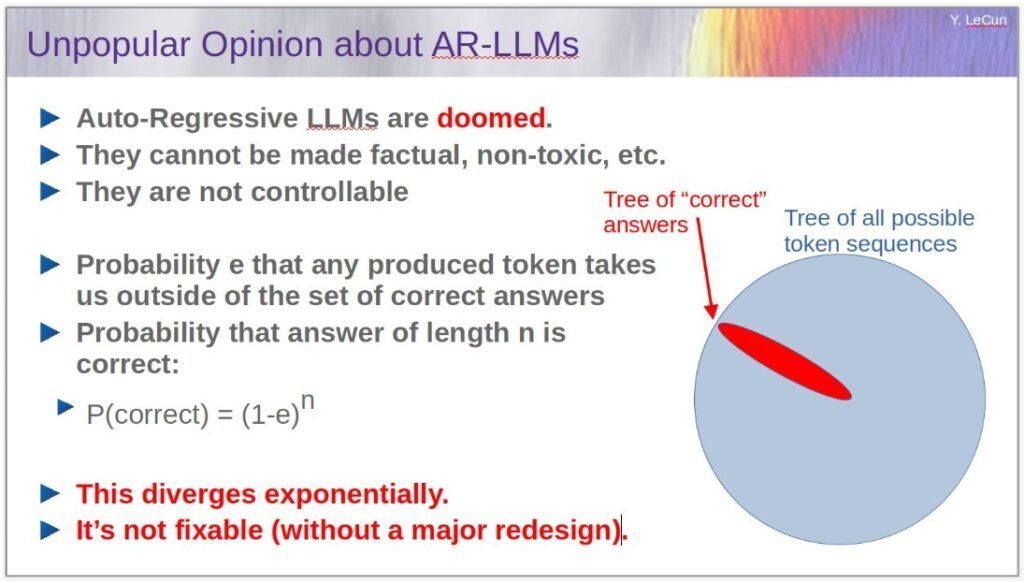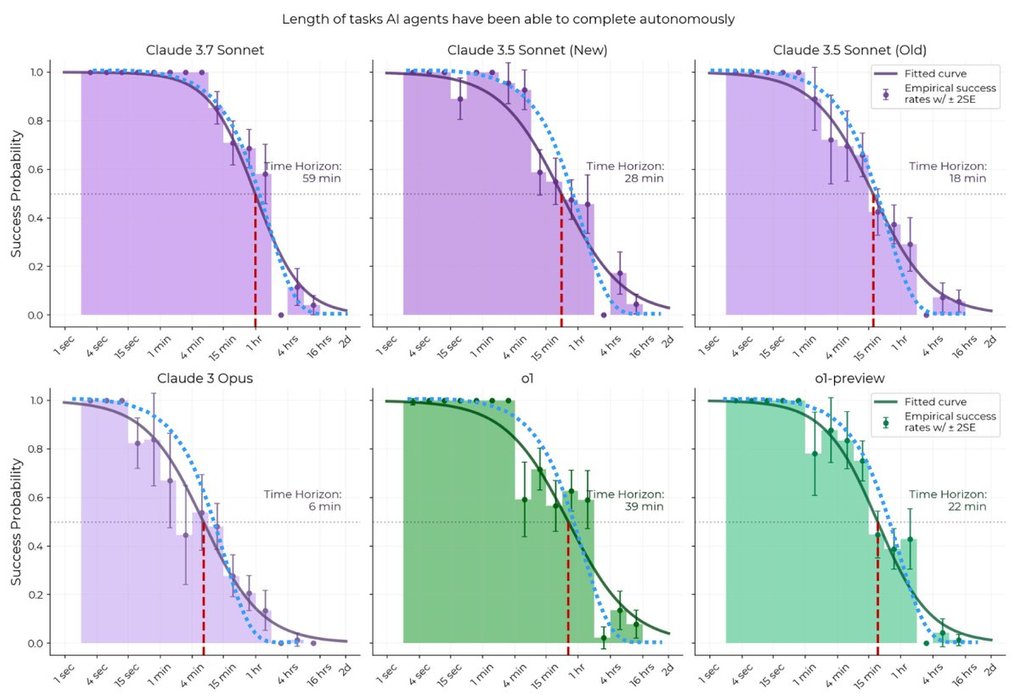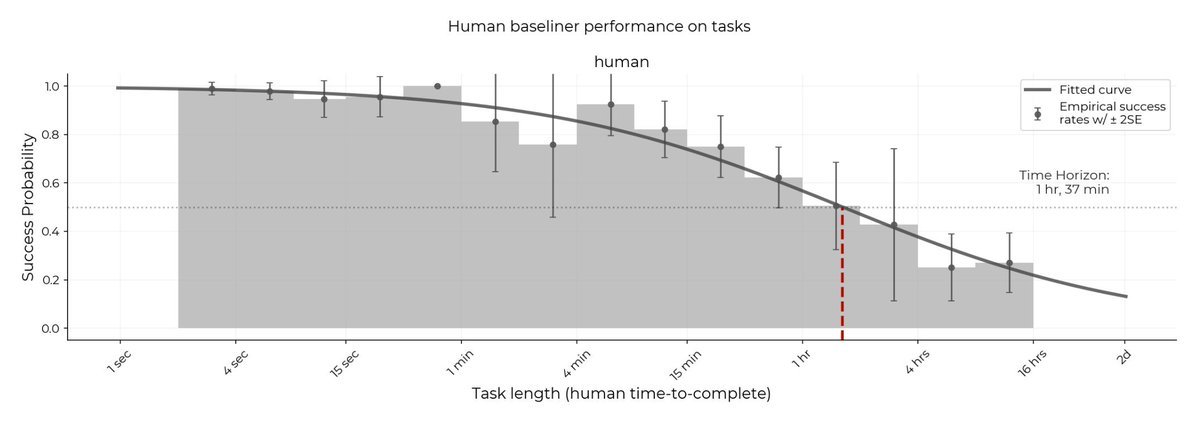Sublime
An inspiration engine for ideas
These guesses fluctuate over time, and in general they get more accurate the closer you are to whatever it is you’re trying to predict.
Brian Christian • The Alignment Problem
various learning algorithms perform best when the training error rate is around 15.87%, which translates to a training accuracy of approximately eighty-five percent.
Peter Hollins • The 80-20 Learner
This approach to prediction is general. You can apply it whenever you need to predict a quantitative variable, such as GPA, profit from an investment, or the growth of a company. The approach builds on your intuition, but it moderates it, regresses it toward the mean. When you have good reasons to trust the accuracy of your intuitive prediction—a s
... See moreDaniel Kahneman • Thinking, Fast and Slow



An agent operating by ε-greedy will, most of the time—99%, let’s say—take the action it believes will bring it the greatest total reward, based on its limited experience so far. But ε of the time—the other 1%, for instance—it tries something completely at random.
Brian Christian • The Alignment Problem
area. K-nearest-neighbor is more robust because it only goes wrong if a majority of the k nearest neighbors is noisy.


